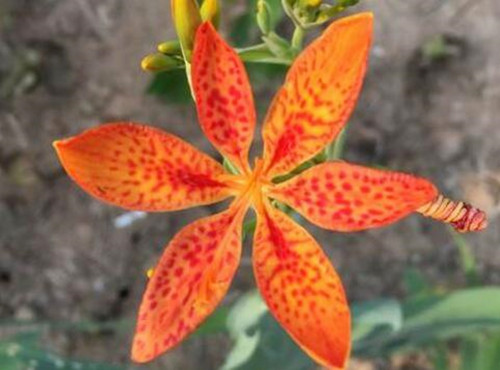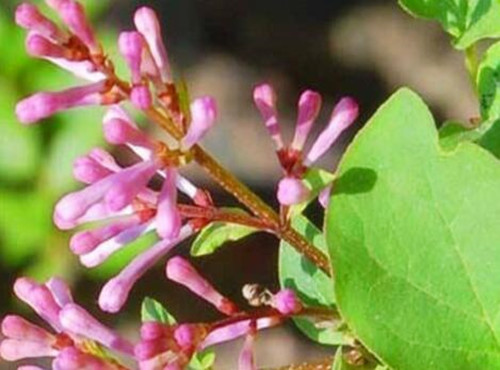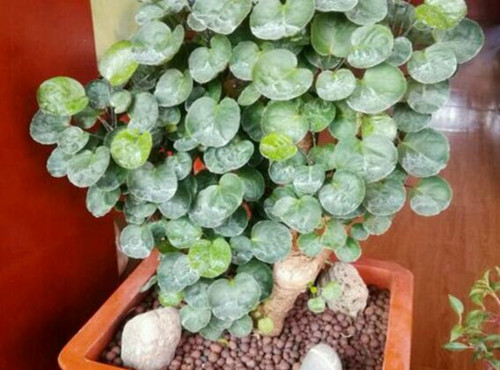How much is the price of Iridaceae shoot dry per jin? How to plant it? What are the effects and effects?
Shegan is a perennial herb. It is distributed in tropical, subtropical and temperate regions all over the world, with distribution centers in southern Africa and tropical America. Produced in Jilin, Liaoning, Hebei, Shanxi, Shandong and other places in China. So, how much is the dry shoot price per jin? How to plant it? What are the effects and effects? It is understood that the current market price of Hebei Shegan is 40-42 yuan, and that of Sichuan Shegan is 17-18 yuan. Prices will vary from region to region.

How to plant Shegan?
1. Land selection and preparation: shoot dry planting land, it is appropriate to choose sandy loam land, flat land or gentle slope land with high topography, sunny, deep soil layer and good drainage. If the barren mountain sloping land is used for planting, it is appropriate to turn the land in autumn and winter in the first year, so that it has a period of weathering and ripening process, and then plough again in the spring of the following year to remove tree roots, weeds and stones. Those planted with cultivated land shall be ploughed once before planting, and 2000 kg of compost or barnyard manure, 25 kg of calcium superphosphate and 50 kg of cake manure shall be applied as base manure, and shallow rake once after application to make the manure soil mix evenly, with a high border of 120cm to 130cm wide, or a ridge of 50cm in width.
two。 Planting: it can be planted in spring in March or autumn in November. When planting, the hole was opened according to the row spacing of 25 cm × 20 cm or 30 cm × 20 cm, the depth of the hole was 15 cm, 0 and 5 kg of soil fertilizer was applied at the bottom of the hole, and mixed well with the hole soil, then 1-2 segments of the seed stem were put into each hole, the bud eye was up, or 2 seedlings were planted in the hole, compacted with soil, poured into thin human and animal dung water and then covered with soil to flatten the border surface.
If the dry shoot uses seed direct seeding, it can be sown in spring or autumn. Spring sowing takes place in early March and autumn sowing takes place in October. Dig the hole on the border surface according to the row spacing of 30 cm and the plant spacing of 25 cm. The hole depth is 6 cm. The bottom of the hole is leveled. 0.5 kg of dry manure is applied to each hole. After mixing well with the soil in the hole, cover with fine soil about 2 cm thick. Sow 5-6 seeds in each hole, cover fine soil after sowing, and cover grass on the border. After sowing, the management should be strengthened and the border soil should be often watered to keep the soil moist, so as to facilitate seed germination and seedling growth. After the seedlings were unearthed, the seedlings were ploughed and weeded in time. When the seedlings were 6 cm high and 10 cm high, the seedlings were weak and small, leaving strong seedlings and large seedlings, leaving 1 and 2 seedlings in each hole. The seed consumption is about 5 kg per 667 square meters.
3. Mid-tillage weeding: after shooting and drying seedlings or transplanting to survive, weeding should be done frequently to facilitate plant growth, usually 3-4 times a year. If it is the first year of spring sowing, it should be held in May, July and November respectively. It was conducted three times in the second year, in March, June and November, respectively. No longer ploughing and weeding after the closure. In addition, after the plant was withered and yellow in November every year, the fine soil in the ditch was cultivated around the rhizosphere with the combination of weeding and soil cultivation in order to facilitate the plant to survive the winter and prevent lodging.
4. Topdressing: Shegan is a fertilizer-loving plant. In addition to applying sufficient basic fertilizer, topdressing is applied once in spring, summer, autumn and winter of the second year. Topdressing in spring and summer, 1500 kg of human and animal dung water or 25 kg of urea was applied every 667m2, and a hole was opened 10 cm outside the plant. In autumn, stable fertilizer, plant ash mixed fertilizer 1500-2000 kg and compound fertilizer 25 kg were applied every 667 square meters, and the soil was cultivated after application. 1500 kg of rotten barnyard manure, 20 kg of plant ash, 25 kg of superphosphate and 30 kg of compound fertilizer were applied every 667m2 in winter. The first two times of topdressing could promote the growth of aboveground stems and leaves, while the next two times of topdressing could promote the growth of rhizomes and increase the yield.
5. Drainage and irrigation: shoot dry for fear of waterlogging, dredge the ditch in time after heavy rain, and remove the water from the field to prevent the root from rotting. Although Shegan is tolerant to drought, it is necessary to keep the border soil moist at the seedling stage and after transplanting, so as to facilitate the growth of seedlings. In case of drought at seedling stage, it should be properly watered or irrigated. After the seedling height is 10 cm, less or no water can be irrigated.
6. Picking buds: those planted with rhizomes can blossom in the same year; those planted with seeds and transplanting or direct seeding will not blossom until the following year, and their flowering period is long, flowering and fruiting is more, which consumes a lot of nutrients and affects the growth of rhizomes. In addition to keeping the seed land, the buds should be removed after the dew is dry on a sunny morning during bolting, and be removed in stages and in batches.
7. Harvest and processing: the growth of seed propagation is harvested in 3 years, and the growth of ramet reproduction is harvested in 2 years. In late November, the plant was harvested when its stems and leaves withered. Dig out the roots, remove the stems, leaves and soil, sun until semi-dry, rub the whisker roots, and then dry until fully dry. Set aside. It is better to have stout and fat rhizomes, yellow color, no soil and no need for roots.
What are the effects and effects of shoot stem?
1. Medicinal value
It is used to feel wind and heat, or sore throat caused by phlegm and heat. For phlegm salivation, cough, asthma and other diseases. The throat is swollen and sore, the throat is blocked, the two bowels are blocked, the drugs are ineffective, the abdomen is hydronephrosis, the skin is black, and the mastitis begins.
two。 Garden value
The flower shape is elegant, interesting and suitable for making flower diameter.
Time: 2019-03-20 Click:
- Prev

How many years does the red clove species of Oleaceae bloom? How to plant it? What's the use?
Red cloves, shrubs, up to 4 m high. The florescence is from May to June and the fruiting period is September. Produced in Hebei and Shanxi. Raw mountain slopes, thickets or ditches, riversides, 1200-2200 m above sea level. It has high medicinal value and ornamental value. So, how long does red clove blossom? How to plant it? What's the use?
- Next

How much is it for a pot of money? How do you raise it? Is it poisonous? What are the effects and effects?
Dichondra, a plant of the family Araliaceae, is native to New Caledonia and is now widely planted in tropical areas. Evergreen throughout the year, it is a rare foliage plant. So, how much is it for a pot of money? How do you raise it? Is it poisonous? What are the effects and effects? According to the flower market, the money in a pot is about ten yuan.
Related
- Fuxing push coffee new agricultural production and marketing class: lack of small-scale processing plants
- Jujube rice field leisure farm deep ploughing Yilan for five years to create a space for organic food and play
- Nongyu Farm-A trial of organic papaya for brave women with advanced technology
- Four points for attention in the prevention and control of diseases and insect pests of edible fungi
- How to add nutrient solution to Edible Fungi
- Is there any good way to control edible fungus mites?
- Open Inoculation Technology of Edible Fungi
- Is there any clever way to use fertilizer for edible fungus in winter?
- What agents are used to kill the pathogens of edible fungi in the mushroom shed?
- Rapid drying of Edible Fungi

